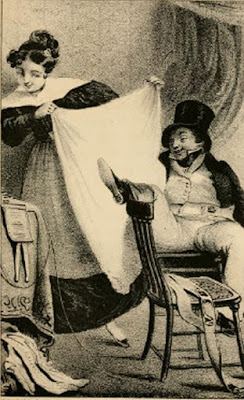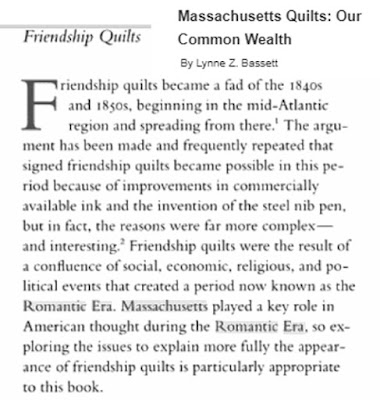I'm planning to do a regular article every other month in 2020 for the Love of Quilting magazine. The first one is out in their January 2020 issue, available now.
The topic is Then & Now--- for their 20th anniversary the first one is about quilt style in 2000 and quilt style today. Quite a difference over twenty years.
Karla Menaugh and I were in the thick of the trends in 2000, which were centered in Kansas City. Above one of the "primitive" appliques we did for our Sunflower Pattern Company. (Most of our patterns like this one are out of print.) Sweet Harmony is a perfect example of 2000 style: simple applique, plaid flannels, browns and muted colors.
Now the style epicenter has shifted South,
way South to Australia where quilters like
Kathy Doughty probably don't own a scrap of brown.
I showed one of Kathy's bright quilts in the article as the perfect
NOW.
This is sort of the same thing but we will be going as far back as 1850 over the course of the year. Each issue I'll show a quilt or two from the era with an up-to-date style. And we'll talk about technology. Like when was the rotary cutter invented and how did it change the look? The Slant-o-Matic?
And all in a sentence or two.
Buy a digital copy of the January issue of Love of Quilting here:
https://www.quiltingcompany.com/store/magazines-books/magazine-issues/love-of-quilting-january-febuary-2020-digital-issue





















































